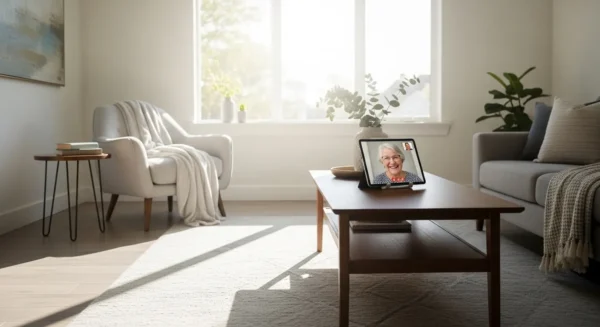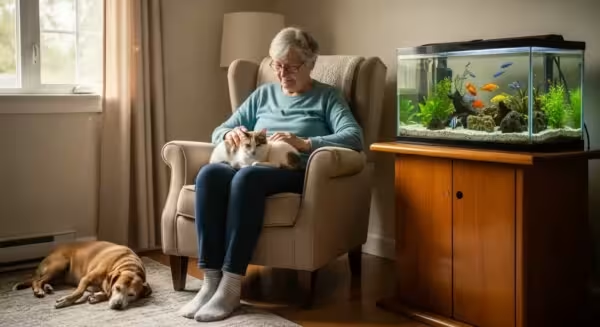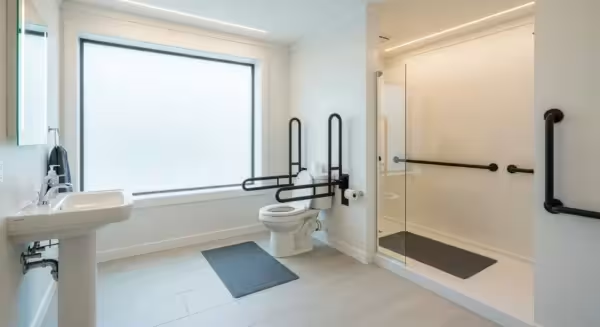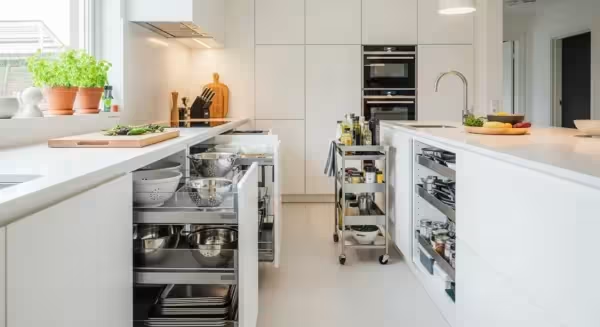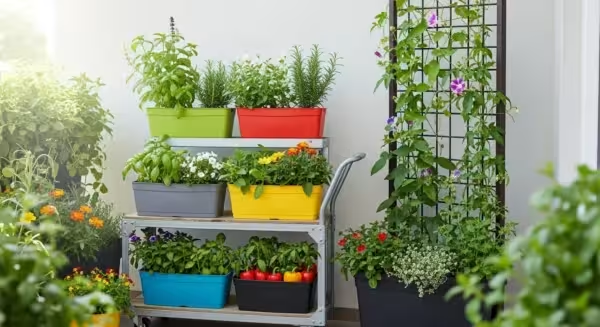
Introduction: Embracing a New Chapter in Your Retirement Journey
For generations, the word “retirement” painted a picture of rocking chairs on a quiet porch, of finally slowing down after a lifetime of hard work. And while there’s certainly a well-deserved place for peaceful afternoons, today’s vision of retirement is transforming into something far more dynamic and vibrant. For many of us, this chapter isn’t an ending; it’s a grand beginning. It’s a time to rediscover passions, forge new friendships, and, most importantly, invest in our own well-being like never before.
This shift in perspective has given rise to one of the most exciting senior living trends in recent memory: the development of retirement communities with wellness woven into their very fabric. Forget the sterile, quiet hallways of old. Imagine a place that feels more like a resort or a bustling college campus for adults—a community designed not just for living, but for thriving. This new model of wellness-focused housing moves beyond basic safety and healthcare to embrace a holistic vision of what it means to live well. It’s a philosophy centered on nurturing the mind, body, and spirit in equal measure.
These communities understand that health isn’t merely the absence of illness. It’s the energy you feel after a water aerobics class, the spark of inspiration in a painting workshop, the laughter shared with friends over a delicious, chef-prepared meal, and the sense of purpose that comes from learning a new skill. If you’re exploring what the next phase of your lifestyle could look like, join me as we delve into this inspiring evolution in retirement living, a world where your environment is intentionally designed to help you live your most fulfilling, engaged, and healthiest life yet.

Finding Your Path: Exploring What “Built-In Wellness” Really Means
The term “wellness” can feel a bit broad, but in the context of modern retirement communities, it refers to a comprehensive and integrated approach to health. It’s a far cry from a lonely treadmill tucked away in a basement room. It’s an ecosystem of opportunities designed to support every facet of your being. When you begin to explore these options, you’ll see wellness broken down into several key pillars, each offering a rich array of amenities and programs.
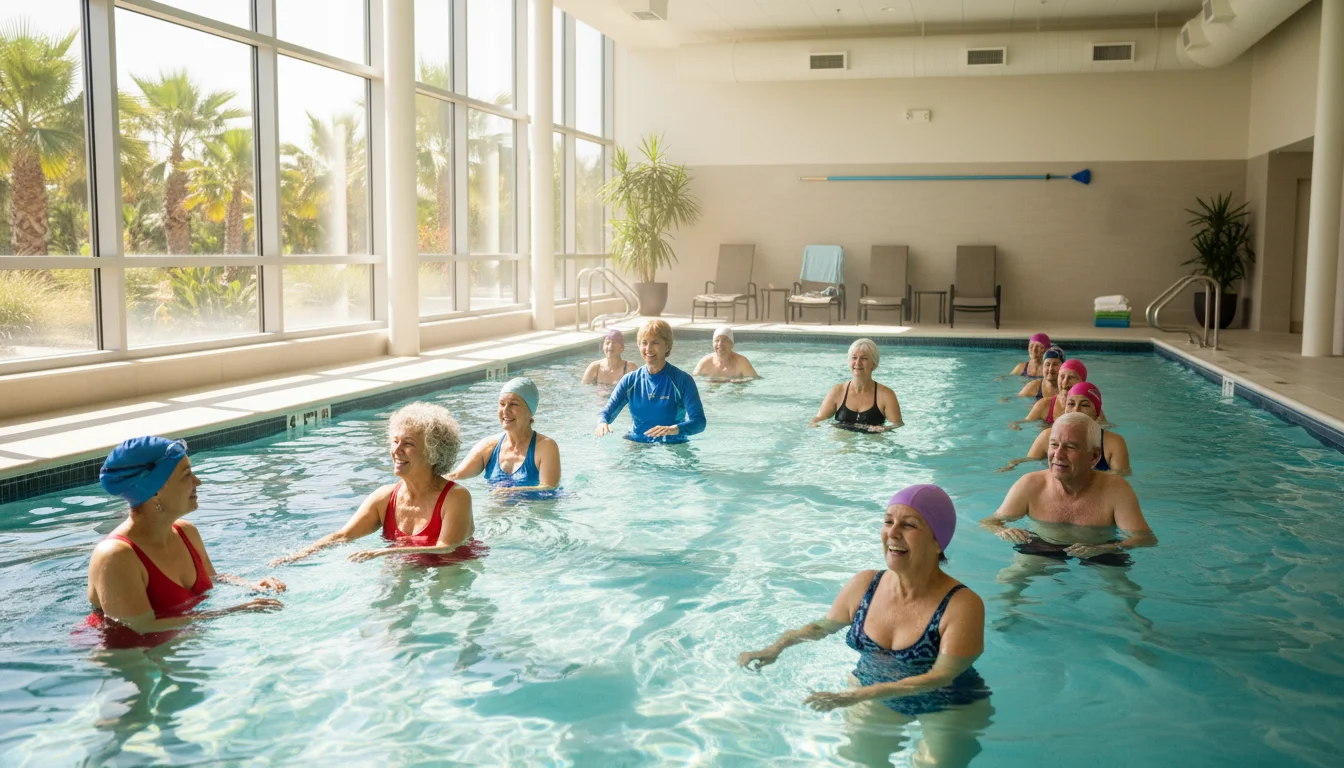
Physical Wellness: More Than Just a Gym
At the core of any wellness program is a focus on physical health, but the approach has become incredibly sophisticated and, frankly, much more fun. The goal is to make movement enjoyable and accessible for every fitness level and interest.
You’ll find state-of-the-art fitness centers with senior-friendly pneumatic resistance machines, free weights, and cardio equipment. But look closer. You’ll also see dedicated studios for yoga, tai chi, and Pilates, where certified instructors lead classes focused on balance, flexibility, and strength. Many communities boast indoor, heated saltwater pools perfect for low-impact water aerobics or gentle lap swimming. And for those who love a bit of friendly competition, the rise of pickleball has led to pristine courts becoming a standard feature, alongside bocce ball and putting greens. The best communities also integrate the outdoors, with beautifully landscaped walking paths, community gardens, and even organized hiking clubs that explore local trails.
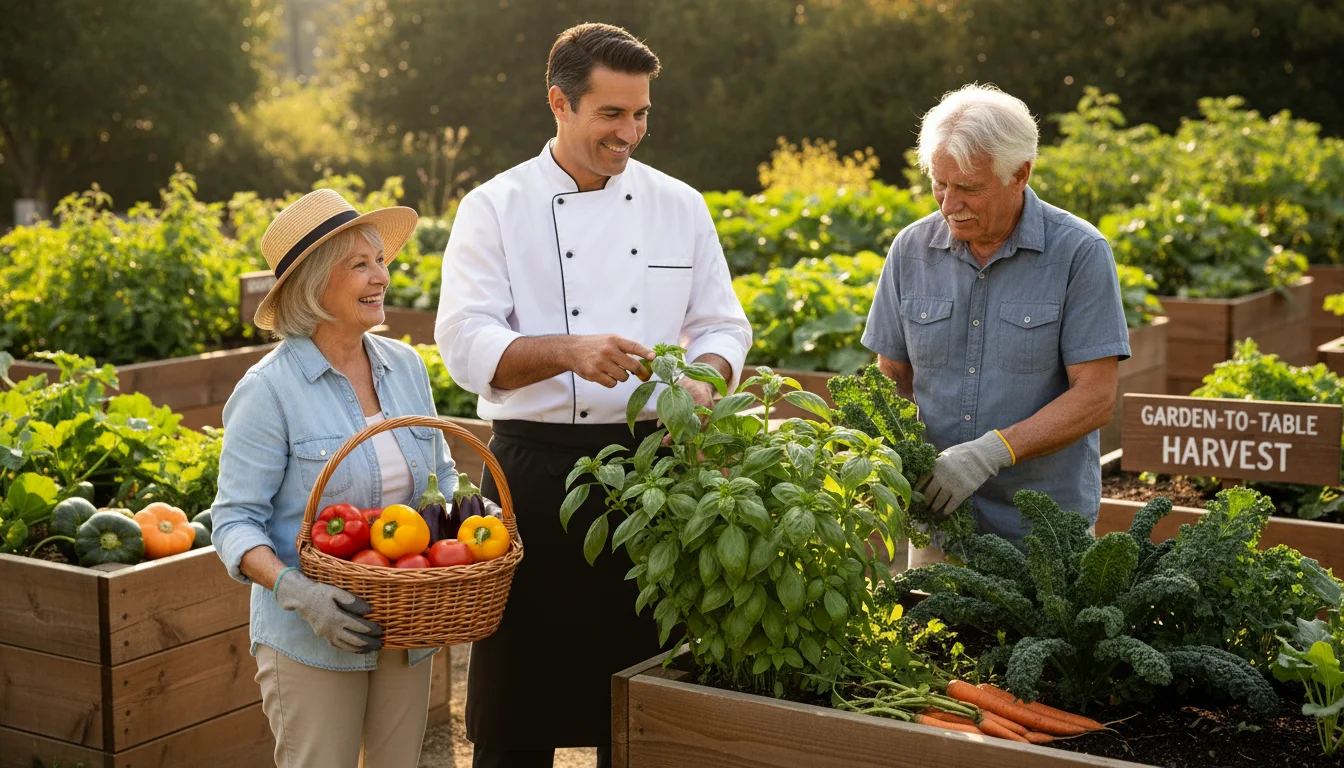
Nutritional Wellness: A Feast for the Senses and the Body
Gone are the days of the one-size-fits-all cafeteria menu. Today’s wellness-focused housing treats dining as a cornerstone of health and a central social event. You can expect restaurant-style dining rooms with menus crafted by executive chefs who prioritize fresh, locally sourced ingredients. Many communities are embracing a “farm-to-table” philosophy, sometimes sourcing produce from their own on-site gardens.
Beyond the delicious meals, the wellness component runs deep. On-staff nutritionists are often available for consultations to help residents manage dietary needs or achieve health goals. You might find healthy cooking demonstrations, classes on mindful eating, and juice bars for a post-workout refreshment. The emphasis is on providing options that are both nutritious and delicious, proving that healthy eating can and should be a joyful experience.
Mental and Cognitive Wellness: Fueling a Curious Mind
A truly holistic lifestyle recognizes that a sharp mind is just as important as a strong body. The most forward-thinking communities are becoming hubs of lifelong learning. They foster an environment of intellectual curiosity and engagement that keeps your brain active and challenged.
Look for programs like guest lecture series featuring university professors, retired diplomats, or local artists. Many communities forge partnerships with nearby colleges, allowing residents to audit courses. You’ll discover fully equipped art studios for painting and pottery, woodworking shops for honing a craft, and computer labs offering classes on everything from social media to digital photography. Resident-led clubs are also a huge part of this fabric, from stimulating book clubs and current events discussion groups to bridge tournaments and language-learning circles. It’s all about providing the resources and opportunities to keep learning, growing, and discovering new interests.
Social and Emotional Wellness: The Power of Community
Perhaps the most profound benefit of these communities is the built-in antidote to isolation. Every aspect is designed to foster connection and a genuine sense of belonging. The architecture itself encourages spontaneous interaction, with cozy lounges, welcoming bistros, and inviting outdoor patios with fire pits.
A packed social calendar is the norm, but it’s filled with meaningful, resident-driven activities. You can join a travel club planning group excursions, participate in themed dinner parties, enjoy live music performances, or attend movie nights in a community theater. Many also facilitate volunteer groups, connecting residents with local schools or charities, which provides a powerful sense of purpose. For lifestyle and community resources, AARP offers extensive articles and local chapters that can complement the activities within your chosen community. It’s in these shared experiences—from a simple morning coffee with a neighbor to collaborating on a community play—that deep and lasting friendships are formed.

Tips for Getting Started and Making Connections
The idea of choosing a new home is a significant one, and finding the right wellness-focused community requires a bit of research and self-reflection. Here’s a practical path to help you navigate the journey and ensure you find a place that truly fits your vision for retirement.
Step 1: Define Your Personal Wellness Vision
Before you even start looking, take some time with a notebook and pen. What does a vibrant, healthy lifestyle look like to you? Don’t think about what you “should” want; think about what genuinely excites you. Are you an avid swimmer who dreams of a daily dip in the pool? Are you a lifelong learner who wants access to stimulating classes? Are you a social butterfly who thrives on a full calendar of events? Or are you a creative soul who needs a dedicated space for your art? Make a list of your “must-haves,” “nice-to-haves,” and “deal-breakers.” This personal blueprint will be your most valuable tool in evaluating your options.
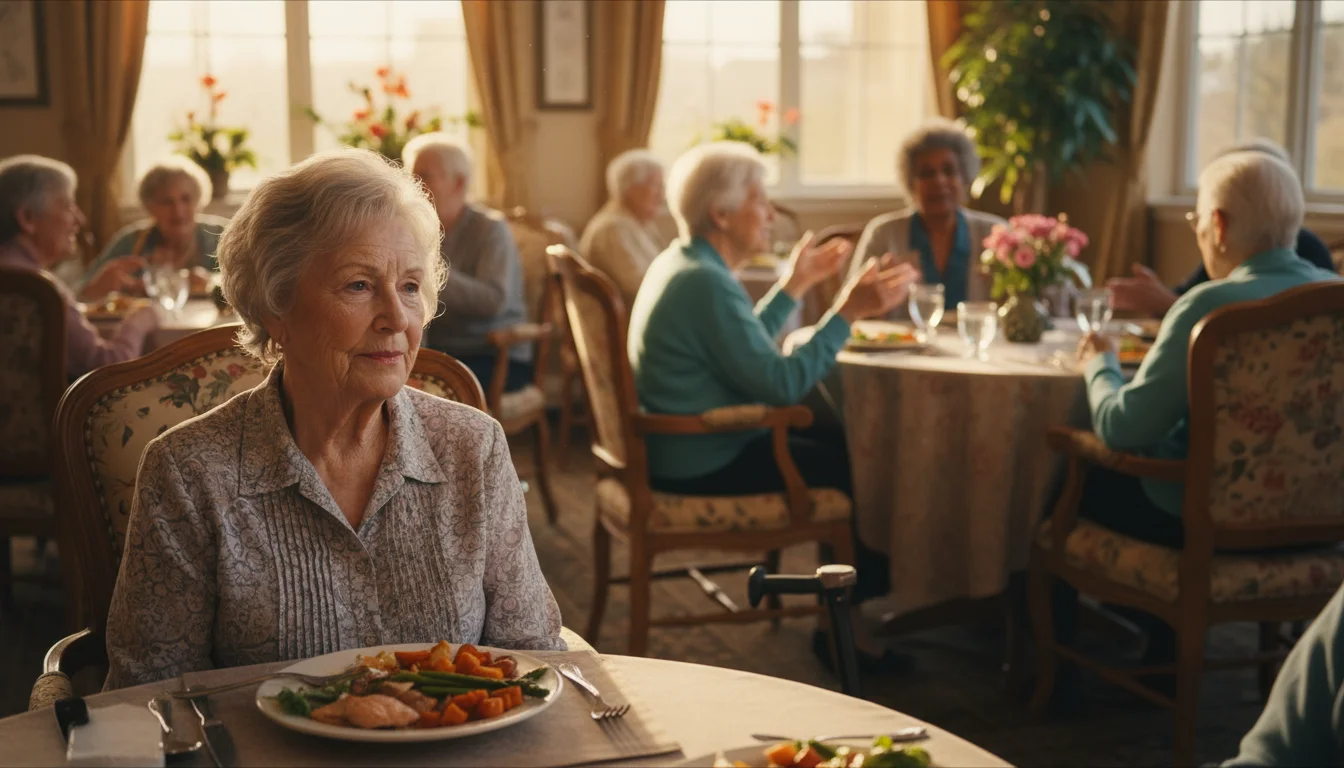
Step 2: Do Your Homework and Take a Tour (or Three!)
Start your search online with terms like “active adult community with wellness program,” “senior living with fitness classes,” or “retirement community with lifelong learning.” Once you have a shortlist, it’s time to visit. A brochure or website can only tell you so much; the true feel of a community can only be experienced in person.
When you tour, be an observer. Does the atmosphere feel energetic and welcoming? Are residents actively using the amenities? Do people smile and greet each other in the hallways? Ask to see the monthly activity calendar. Is it full of diverse options that appeal to you? If possible, schedule your tour to include a meal in the dining room. It’s a great way to assess the food quality and observe the social dynamics. Don’t be shy—ask if you can speak with a few current residents. Their candid perspective is priceless.

Step 3: Ask Probing Questions
Come prepared with a list of questions that go beyond the surface. This shows you’re a serious and informed prospective resident.
- “How do residents contribute to the planning of activities and wellness programs?” (This tells you if the programming is top-down or resident-driven.)
- “What are the credentials of your fitness and wellness staff?” (Look for certified trainers, licensed nutritionists, etc.)
- “Can you describe the dining options? How do you accommodate special dietary requests?”
- “What initiatives are in place to help new residents integrate into the community?”
- “What is the most popular wellness class or activity here, and why do you think that is?”
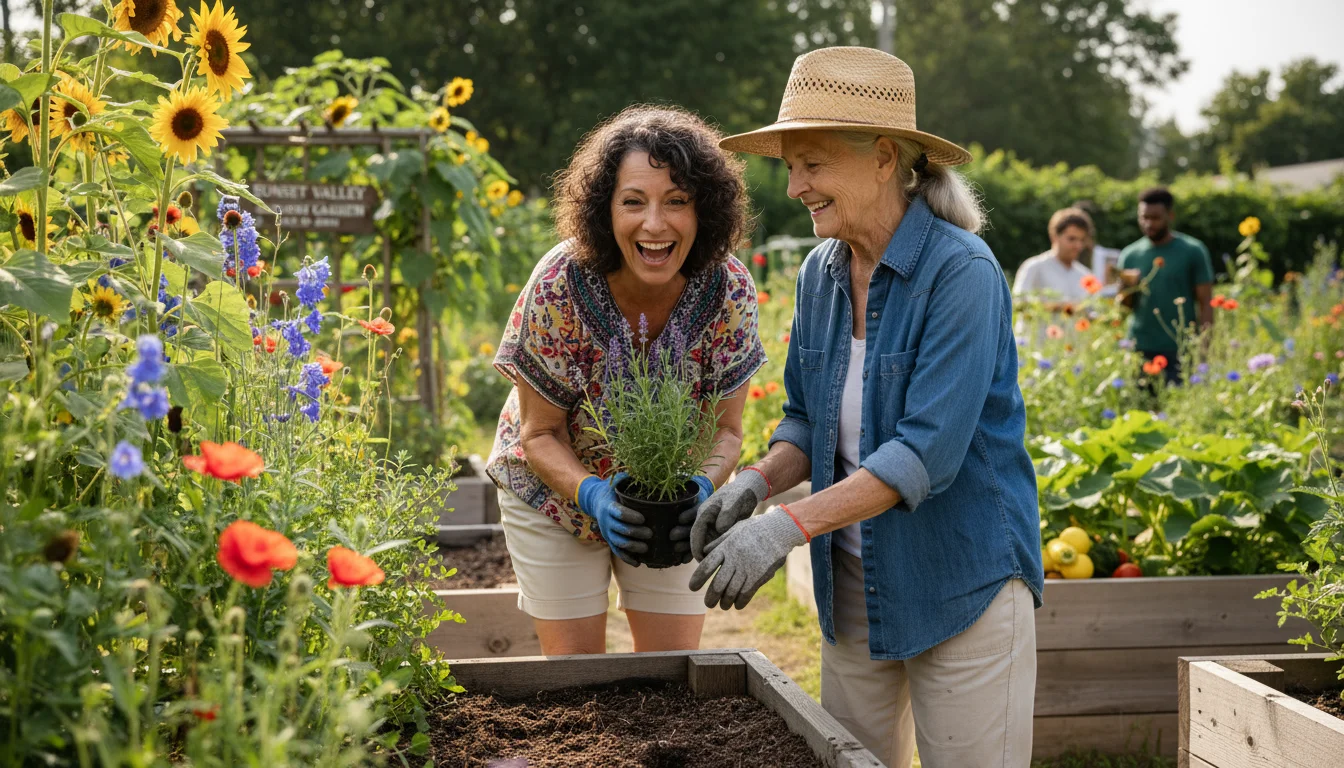
Step 4: Dive In and Connect
Once you’ve made your move, the key to a successful transition is to say “yes.” It can be tempting to stay in your comfortable new apartment, but the magic happens when you engage. Attend the new resident welcome party. Sign up for a class that piques your interest, even if you’re a total beginner. Introduce yourself to your neighbors. Sit at a new table in the dining room. The first few steps can feel intimidating, but you’ll find that most everyone is eager to welcome a new face. Remember, everyone there was new once, too.

A Personal Perspective: Lessons from the Community
In my work as a lifestyle writer, I’ve had the privilege of speaking with dozens of seniors who have made this transition. Their stories are powerful testaments to the impact of living in an environment designed for well-being. While I haven’t made such a move myself, their experiences have taught me some universal truths.
I remember talking to a woman named Carol, a retired librarian who was widowed and living alone in her large family home. She confessed that her days had become quiet and lonely, and she worried she had lost her spark. On the advice of her children, she reluctantly toured a local wellness community. She was drawn to the beautiful library and art studio. A year after moving in, she was leading a weekly book club, had discovered a hidden talent for pottery, and described her social life as more active than it was in her thirties. “I didn’t realize how much I missed being part of something,” she told me. “Here, purpose is just outside my door.”
Then there was Frank, a former engineer who prided himself on his independence and was skeptical of community living. He was an avid hiker and was primarily sold on a community that had extensive private walking trails and organized group outings. Travel and recreation information for seniors is available at the National Park Service, and his new community made frequent use of it for group trips. What surprised him was his newfound role as a mentor in the community’s woodworking shop. He started by fixing a neighbor’s wobbly chair and soon found himself teaching others how to use the equipment safely. He discovered a sense of fulfillment not just in doing, but in teaching and sharing his skills.
The common thread in these stories is that a wellness-focused community does more than provide amenities; it provides a stage for reinvention. It creates opportunities for connection, purpose, and growth that can be difficult to find when living alone. It’s a powerful reminder that our environment plays a crucial role in shaping our health and happiness.

Resources to Help You Explore Your Interests
As you explore these communities, you’ll find many of them integrate with broader national and local organizations to provide an even richer array of opportunities. These partnerships are a great sign that a community is committed to a truly engaged lifestyle for its residents.
Many communities foster a strong culture of volunteerism and civic engagement. They might organize groups to participate in local charity drives or tutoring programs. Opportunities to give back can be found via AmeriCorps Seniors, which offers programs like Foster Grandparents and Senior Companions, and some communities will even help facilitate resident involvement.
For local programs, check your city or county’s Parks and Recreation department website. Active adult communities often coordinate with these departments for access to local events, parks, and recreational facilities, expanding the options available to you beyond the campus itself. By leveraging these external resources, the best communities ensure that your world grows larger, not smaller, when you move in.
Disclaimer: The advice in this article is based on general experience and is for informational purposes. Please research local opportunities and consult with relevant experts before making significant lifestyle changes or purchases.

Frequently Asked Questions
1. Aren’t these wellness-focused communities incredibly expensive?
It’s true that there is a wide range of price points, from luxury high-rises to more modest garden-style apartments. However, it’s important to look at the total value. When you factor in the cost of a gym membership, fitness classes, home maintenance, property taxes, utilities, and often one or two meals per day, the monthly fee can be more comparable to your current expenses than you might think. Many people find the all-inclusive nature simplifies their finances and provides predictable costs. Be sure to tour a variety of communities to find one that fits your budget.
2. What if I’m not very athletic? Will I feel out of place?
This is a very common concern, but you can rest assured that “wellness” is a broad church. It’s not just for marathon runners! These communities are designed for people of all physical abilities. The focus is on overall well-being. You might find your niche in a gentle yoga class, a walking club, a watercolor painting group, the community choir, or the library committee. A good community offers a diverse tapestry of activities so that every resident can find their place and pursue health on their own terms.
3. How much independence will I really have?
Modern wellness communities, particularly those focused on “independent living” or “active adult” lifestyles, are designed to maximize your independence, not limit it. You have your own private residence and can come and go as you please, have guests over, and set your own schedule. The community simply provides a rich menu of amenities and social opportunities right outside your door, which you can engage with as much or as little as you like. The goal is to free you from the burdens of home maintenance so you have more time and freedom to live your life.
4. How can I tell if the “wellness” promise is real or just clever marketing?
This is an excellent question. To look behind the marketing curtain, pay attention to the details during your visit. Is the fitness center bustling with activity and led by a visible, engaged staff member? Ask to see the credentials of the wellness director or fitness instructors. Talk to residents and ask them directly which programs they enjoy and how responsive the management is to new ideas. A genuine wellness-focused community will have a dedicated budget for its programs, a passionate staff, and, most importantly, happy and engaged residents who are its best ambassadors.
For expert guidance on senior health and finance, visit Eldercare Locator, AARP, Alzheimer’s Association, American Heart Association and Benefits.gov.
|
Fact-Checked Content
Our editorial team reviews all content for accuracy and updates it regularly. Learn about our editorial process →
|



